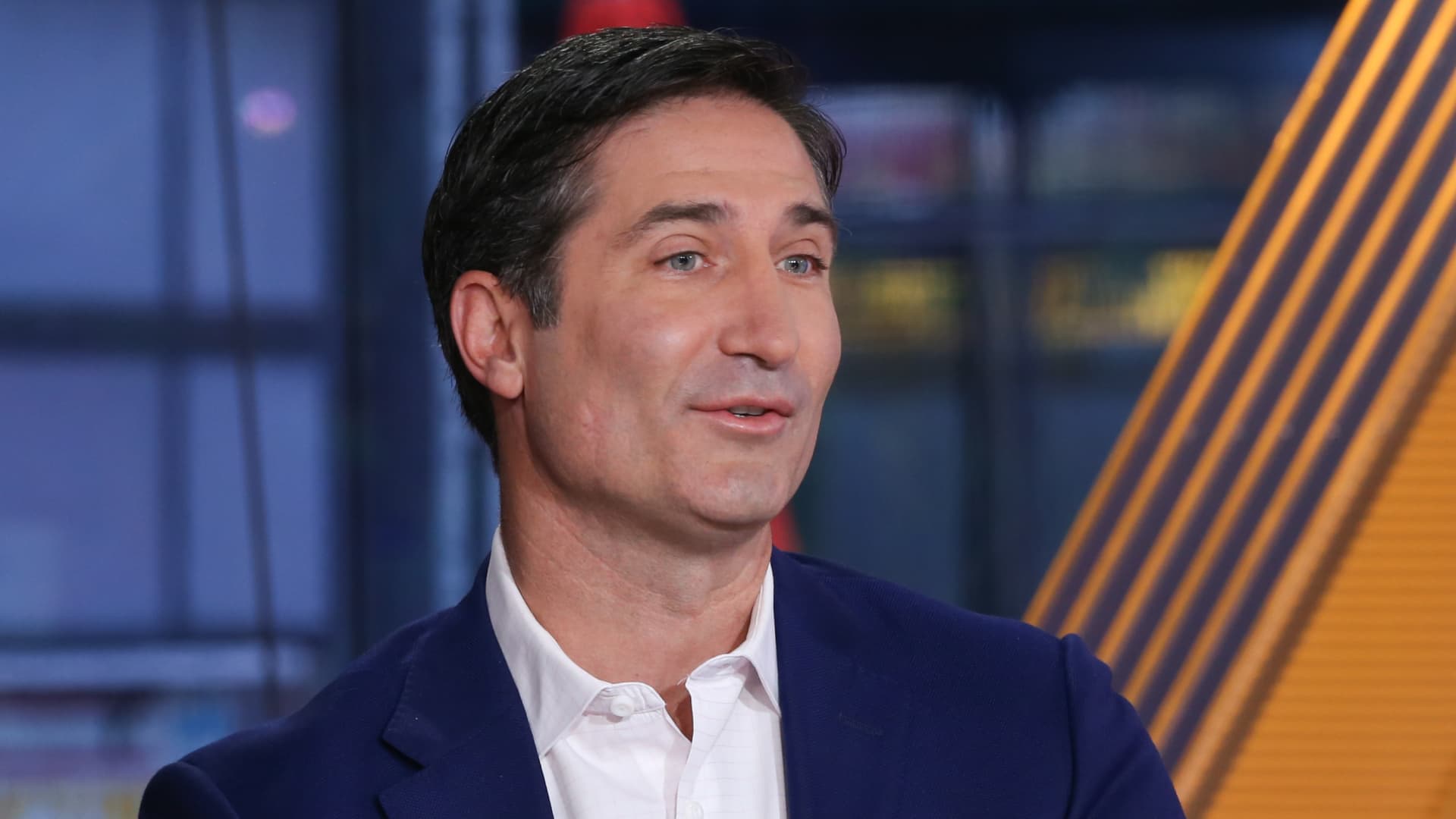Starbucks, a global coffee behemoth, finds itself at a pivotal juncture as CEO Brian Niccol takes the reins, boldly acknowledging the company’s recent struggles and unveiling an ambitious strategy to reignite its momentum and reclaim market leadership. His immediate focus is to revitalize the core customer experience, ensuring that every interaction reinforces the brand’s promise of quality and connection, ultimately aiming for a significant Starbucks turnaround.
At the heart of Niccol’s initiative is the “green apron service model,” a comprehensive strategic blueprint designed to differentiate the company through unparalleled hospitality and operational efficiency. This innovative approach seeks to empower baristas, the iconic “green apron” wearers, to foster more personalized interactions with customers while streamlining service to meet modern demands for speed and convenience, enhancing the overall customer experience.
Niccol, known for his directness, openly stated that Starbucks had been “mismanaged for a couple of years,” highlighting the challenges he inherited. Despite these past missteps, he conveyed strong confidence in the brand’s inherent resilience, asserting that with the right programs and robust business strategy, the company is well-positioned for a powerful rebound.
The implementation of the green apron model is already underway, introducing several key operational adjustments. These include optimizing staffing levels to improve service flow, integrating a “smart queue” system to significantly reduce wait times to under four minutes, and actively promoting more personalized engagements between employees and guests, alongside the introduction of new menu items designed to entice and delight.
The urgency for this corporate leadership intervention became starkly apparent with Starbucks’ recent quarterly earnings report, which indicated a sixth consecutive quarter of falling same-store sales. This prolonged period of lackluster performance underscored the necessity for a decisive shift in leadership and strategic direction, moving beyond the tenure of previous executives.
Industry analysts have expressed considerable optimism regarding Niccol’s ability to engineer this turnaround. Andrew Charles of T.D. Cowen, for instance, noted in a research brief his confidence in Starbucks’ future sales growth, attributing it to Niccol’s “more aggressive innovation agenda,” which promises fresh ideas and a renewed competitive spirit in the retail innovation landscape.
Niccol’s appointment was strategically made, leveraging his impressive track record for successful corporate turnarounds. Before joining Starbucks, he served as CEO of Chipotle for six years, where under his dynamic leadership, the company swiftly recovered from significant challenges, achieving remarkable improvements in annual sales and record stock performance.
His history of transforming major brands extends to his tenure as CEO of Taco Bell from 2015 to 2018. During this period, Niccol pioneered groundbreaking initiatives, including the nationwide rollout of mobile ordering and the highly successful “Live Mas” brand slogan, showcasing his acumen for engaging consumers and modernizing business operations.
With a proven history of instigating significant organizational change and revitalizing major brands, Niccol’s leadership at Starbucks signals a new era of strategic focus and commitment to the foundational elements of customer service and operational excellence, aiming to solidify the company’s position at the forefront of the global coffee industry and ensuring a robust company rebound.






Leave a Reply